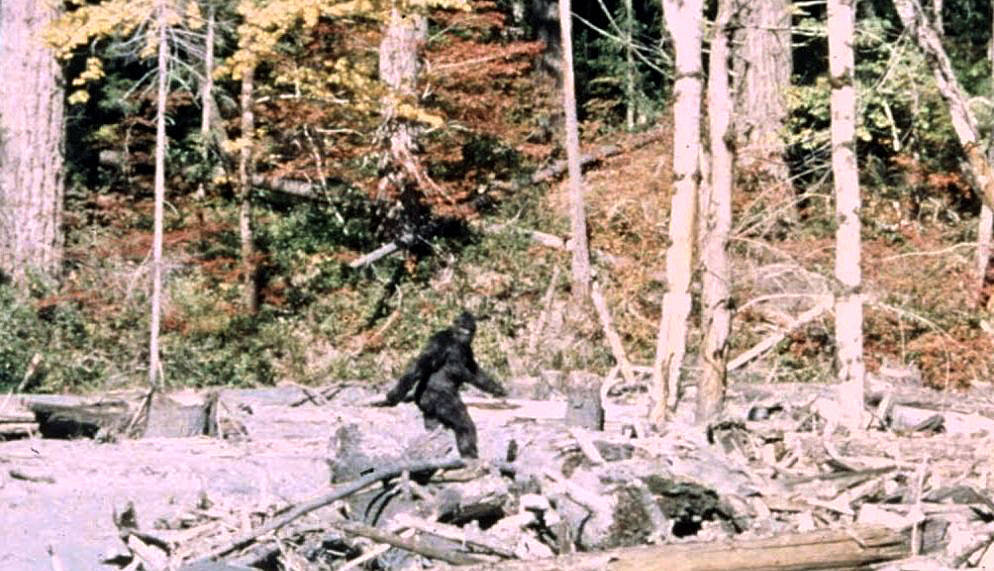Early colonial texts provide evidence that the lore is pre-Hispanic, originating in the central highlands. However, La Llorona is most commonly associated with the colonial era and the dynamic between Spanish conquistadores and indigenous women. The most common lore about La Llorona includes her initially being an Indigenous woman who murdered her own children, which she bore from a wealthy Spaniard, after he abandoned her. The villainous qualities of La Llorona, including infanticide and the murdering of one's own blood is assumed to be connected to the narrative surrounding Doña Marina, also known as la Malinche, or Maltinzin in her original nomenclature. Today, the lore of La Llorona is well known in Mexico and the Southwestern United States.
The earliest documentation of La Llorona is traced back to 1550 in Mexico City. But there are theories about her story being connected to specific Aztec mythological creation stories. "The Hungry Woman" includes a wailing woman constantly crying for food, which has been compared to La Llorona's signature nocturnal wailing for her children. The motherly nature of La Llorona's tragedy has been compared to Chihuacoatl, an Aztec goddess deity of motherhood. Her seeking of children to keep for herself is significantly compared to Coatlicue, known as "Our Lady Mother" or Tonantsi (who's also comparable to the Virgen de Guadalupe, another significant mother figure in Mexican-culture), also a monster that devours filth or sin.
The legend has a wide variety of details and versions. In a typical version of the legend, a beautiful woman named María marries a rich ranchero / conquistador to whom she bears two children. One day, María sees her husband with another woman and in a fit of blind rage, she drowns their children in a river, which she immediately regrets. Unable to save them and consumed by guilt, she drowns herself as well but is unable to enter the afterlife, forced to be in purgatory and roam this earth until she finds her children. In another version of the story, her children are illegitimate, and she drowns them so that their father cannot take them away to be raised by his new wife. Recurring themes in variations on the La Llorona myth include a white, wet dress, nocturnal wailing, and an association with water.
Megathreads and spaces to hang out:
- ❤️ Come listen to music and Watch movies with your fellow Hexbears nerd, in Cy.tube
- 💖 Come talk in the New weekly queer thread
- 🧡 Monthly Neurodiverse Megathread
- 💛 Read about a current topic in the news
- ⭐️ October Movie Nominations ⭐️
reminders:
- 💚 You nerds can join specific comms to see posts about all sorts of topics
- 💙 Hexbear’s algorithm prioritizes struggle sessions over upbears
- 💜 Sorting by new you nerd
- 🌈 If you ever want to make your own megathread, you can go here nerd
Links To Resources (Aid and Theory):
Aid:
- 💙Comprehensive list of resources for those in need of an abortion -- reddit link
- 💙Resources for Palestine
Theory:
- ❤️Foundations of Leninism
- ❤️Anarchism and Other Essays
- ❤️Mega upload with theory for many tendencies
Remember nerds, no current struggle session discussion here to the general megathread, i will ban you from the comm and remove your comment, have a good day/night :meow-coffee:


decides to visit :reddit-logo: on a whim
sees a person complain about loli art
person gets downvoted to hell and told they're the pervert for not liking art that sexualises minors
Realise I'm justified in hardly ever visiting :reddit-logo: